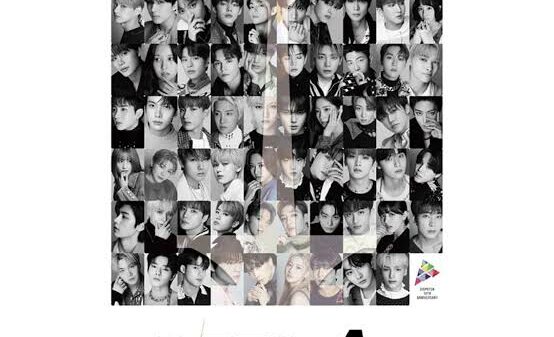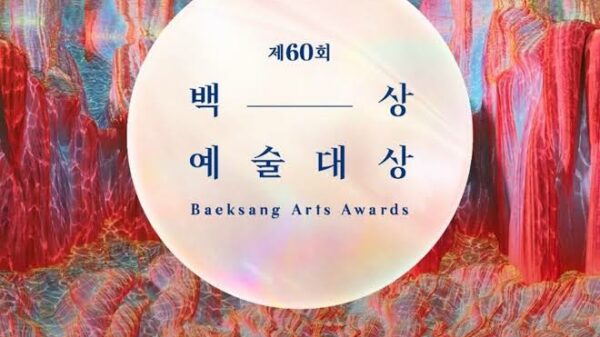todaykpop.com –
Google’s image recognition AI fooled by new tricks
And once a model has learned to recognize particular elements, it can be programmed to perform a particular action in response, making it an integral part of many tech sectors. After a massive data set of images and videos has been created, it must be analyzed and annotated with any meaningful features or characteristics. For instance, a dog image needs to be identified as a “dog.” And if there are multiple dogs in one image, they need to be labeled with tags or bounding boxes, depending on the task at hand. This is a simplified description that was adopted for the sake of clarity for the readers who do not possess the domain expertise. In addition to the other benefits, they require very little pre-processing and essentially answer the question of how to program self-learning for AI image identification.
Medical staff members seem to be appreciating more and more the application of AI in their field. Through X-rays for instance, Image annotations can detect and put bounding boxes around fractures, abnormalities, or even tumors. Thanks to Object Detection, doctors are able to give their patients their diagnostics more rapidly and more accurately.
Real Estate
At the time, Li was struggling with a number of obstacles in her machine learning research, including the problem of overfitting. Overfitting refers to a model in which anomalies are learned from a limited data set. The danger here is that the model may remember noise instead of the relevant features. However, because image recognition systems can only recognise patterns based on what has already been seen and trained, this can result in unreliable performance for currently unknown data.
Now, let’s see how businesses can use image classification to improve their processes. Computer Vision teaches computers to see as humans do—using algorithms instead of a brain. Humans can spot patterns and abnormalities in an image with their bare eyes, while machines need to be trained to do this. Images—including pictures and videos—account for a major portion of worldwide data generation. To interpret and organize this data, we turn to AI-powered image classification. It is often the case that in (video) images only a certain zone is relevant to carry out an image recognition analysis.
Best AI Design Tools of 2023
The resulting chunks of images and labels from the training data are called batches. The batch size (number of images in a single batch) tells us how frequent the parameter update step is performed. We first average the loss over all images in a batch, and then update the parameters via gradient descent. The small size makes it sometimes difficult for us humans to recognize the correct category, but it simplifies things for our computer model and reduces the computational load required to analyze the images.
The simple approach which we are taking is to look at each pixel individually. For each pixel (or more accurately each color channel for each pixel) and each possible class, we’re asking whether the pixel’s color increases or decreases the probability of that class. But before we start thinking about a full blown solution to computer vision, let’s simplify the task somewhat and look at a specific sub-problem which is easier for us to handle. Image recognition can be used in e-commerce to quickly find products you’re looking for on a website or in a store.
Image recognition is a great task for developing and testing machine learning approaches. Vision is debatably our most powerful sense and comes naturally to us humans. How does the brain translate the image on our retina into a mental model of our surroundings? With the capability to process vast amounts of visual data swiftly and accurately, it outshines manual methods, saving time and resources. From deciphering consumer behaviors to predicting market trends, image recognition is becoming vital in AI marketing machinery.
The matrix size is decreased to help the machine learning model better extract features by using pooling layers. Depending on the labels/classes in the image classification problem, the output layer predicts which class the input image belongs to. Image recognition algorithms generally tend to be simpler than their computer vision counterparts. It’s because image recognition is generally deployed to identify simple objects within an image, and thus they rely on techniques like deep learning, and convolutional neural networks (CNNs)for feature extraction. Classification is the third and final step in image recognition and involves classifying an image based on its extracted features. This can be done by using a machine learning algorithm that has been trained on a dataset of known images.
The Power of Visual Content: Infographics, Videos, and More
The platform provides AI solutions such as content moderation, demographics analysis, facial recognition, document and social media exploitation, and more. IDC MarketScape has named Clarifai a leader in computer vision AI software platforms. This technology has a wide range of applications across various industries, including manufacturing, healthcare, retail, agriculture, and security.
Instead of initiating a time-consuming search via the search field, a photo of the desired product can be uploaded. The customer is then presented with a multitude of alternatives from the product database at lightning speed. Automatic image recognition can be used in the insurance industry for the independent interpretation and evaluation of damage images.
But it also can be small and funny, like in that notorious photo recognition app that lets you identify wines by taking a picture of the label. We hope the above overview was helpful in understanding the basics of image recognition and how it can be used in the real world. Google Photos already employs this functionality, helping users organize photos by places, objects within those photos, people, and more—all without requiring any manual tagging.
The pre-processing step is where we make sure all content is relevant and products are clearly visible. What data annotation in AI means in practice is that you take your dataset of several thousand images and add meaningful labels or assign a specific class to each image. Usually, enterprises that develop the software and build the ML models do not have the resources nor the time to perform this tedious and bulky work. Outsourcing is a great way to get the job done while paying only a small fraction of the cost of training an in-house labeling team.
Image recognition usage in Marketing and Social Media
She writes about business, tech, and culture and is a graduate of IIM Calcutta and BITS Goa. You can at any time change or withdraw your consent from the Cookie Declaration on our website. Each algorithm has its own advantages and disadvantages, so choosing the right one for a particular task can be critical. Many of our current customers thought the same thing, and many even tried.
Ditch the AI for a Second: Image Recognition Without Neural Networks – hackernoon.com
Ditch the AI for a Second: Image Recognition Without Neural Networks.
Posted: Thu, 05 Oct 2023 07:00:00 GMT [source]
Also there are cases when software engineers make use of image recognition platforms that speed up the development and deployment of apps able to process and identify objects and images. Now it’s time to find out how image recognition apps work and what steps are required to achieve the desired outcomes. Generally speaking, to recognize any objects in the image, the system should be properly trained. You need to throw relevant images in it and those images should have necessary objects on them. Feed quality, accurate and well-labeled data, and you get yourself a high-performing AI model. Reach out to Shaip to get your hands on a customized and quality dataset for all project needs.
- Image recognition algorithms compare three-dimensional models and appearances from various perspectives using edge detection.
- Therefore, your training data requires bounding boxes to mark the objects to be detected, but our sophisticated GUI can make this task a breeze.
- Once the features have been extracted, they are then used to classify the image.
- In the healthcare sector, it is used for medical imaging analysis, assisting doctors in diagnosing diseases, detecting abnormalities, and monitoring patients’ progress.
- A label once assigned is remembered by the software in the subsequent frames.
Read more about https://www.metadialog.com/ here.
- Typically, image recognition entails building deep neural networks that analyze each image pixel.
- The information input is received by the input layer, processed by the hidden layer, and results generated by the output layer.
- 2012’s winner was an algorithm developed by Alex Krizhevsky, Ilya Sutskever and Geoffrey Hinton from the University of Toronto (technical paper) which dominated the competition and won by a huge margin.
Ikuti kami di Facebook, Twitter dan Instagram @todaykpopcom













